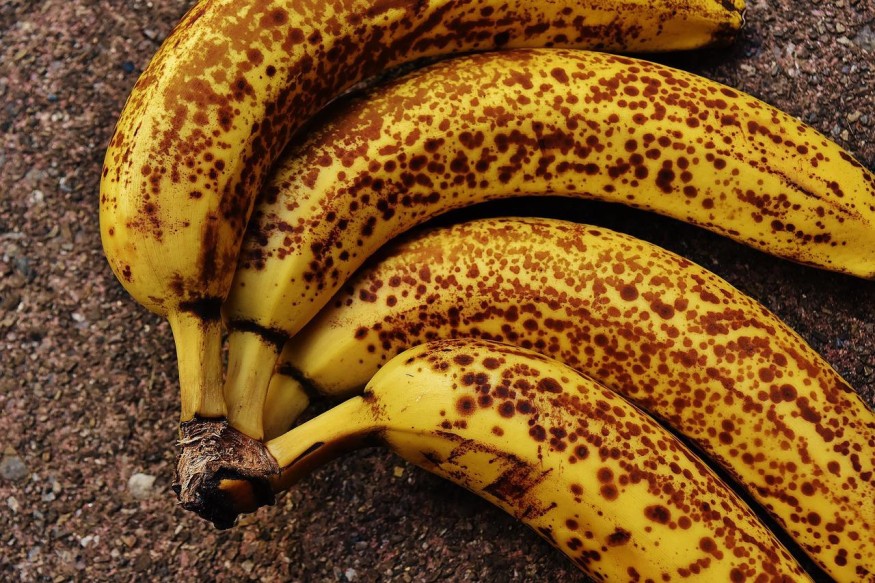Most people would avoid bananas with brown spots, so the fruits get thrown as food waste. However, a new study suggests that banana leaves hold the key to reducing food waste.
A team of researchers from Florida State University has studied how brown spots in bananas form and evolve over time through time-lapse videos, Phys.org reported. They claim that preventing banana peels from going brown could significantly help cut down food waste.

Preventing Brown Spots in Banana Peels
The researchers presented a novel method of simulating spot patterns on banana peels in their study, titled "Front-Like Expansion and Arrest of Programmed Cell Death in Brown Banana Spots," published in Physical Biology.
Through this new method, the team was able to gain insight into how this fruit turns brown over time. Usually, fruits turn brown when they are cut, damaged, and stored for a long period. Uneaten fruits left for long could be damaged by the air and a process called enzymatic reactions.
These enzymatic reactions or also known as enzymatic browning, are caused by the oxygen in the air, the Institute of Food Science and Technology explains. Researchers said that approximately 50 million tons of banana fruits are wasted due to their browning appearance, and they end up as food waste.
Oliver Steinbock, the lead author of the study, said that a total of 117 million tons of bananas were produced in 2019, making it the leading crop in the world. However, most people avoid bananas with brown spots as these physical signals that the fruit is ripe are often misunderstood until now.
So, the team sought to study how these spots form using a nonlinear reaction-diffusion model that considers the oxygen concentration and browning degree of the banana peel. They found a two-day window for it to appear and rapidly expand.
They also looked at the root cause of delayed spotting in some bananas to see if they could use it to develop mitigation strategies for the browning process that is better than genetic modifications or storing it in cooled containers. The team discovered that spots could be slowed down by decreasing oxygen levels.
Brown Spots in Bananas Explained
Bananas start as deep green and gradually change into a delicious yellow color when it is ripe. But if it is left uneaten after several days, it turns to an unappetizing brown color. So what causes its color change?
According to the Encyclopedia Britannica, bananas are a little too gaseous. They produce and react to ethylene, an airborne hormone that helps signal the ripening process of any fruit.
Unripe fruits are more acidic and less sugary and likely have a greenish color because of the molecule called chlorophyll found in plants. It also plays a crucial role in the food-making process known as photosynthesis. However, when it comes to contact with ethylene gas, the acids break down and the fruits become softer because the chlorophyll gets broken up and replaced.
Most fruits produce lesser ethylene, but bananas make a significant amount of the said compound.
At first, the banana is sweet and looks appealing in its yellow color. When left uneaten for a long time, it will go overripe and produce too much ethylene. High amounts of ethylene could cause brown spots and a bruised appearance.
RELATED ARTICLE: Is Eating 2 Bananas a Day Bad for You?
Check out more news and information on Bananas in Science Times.












